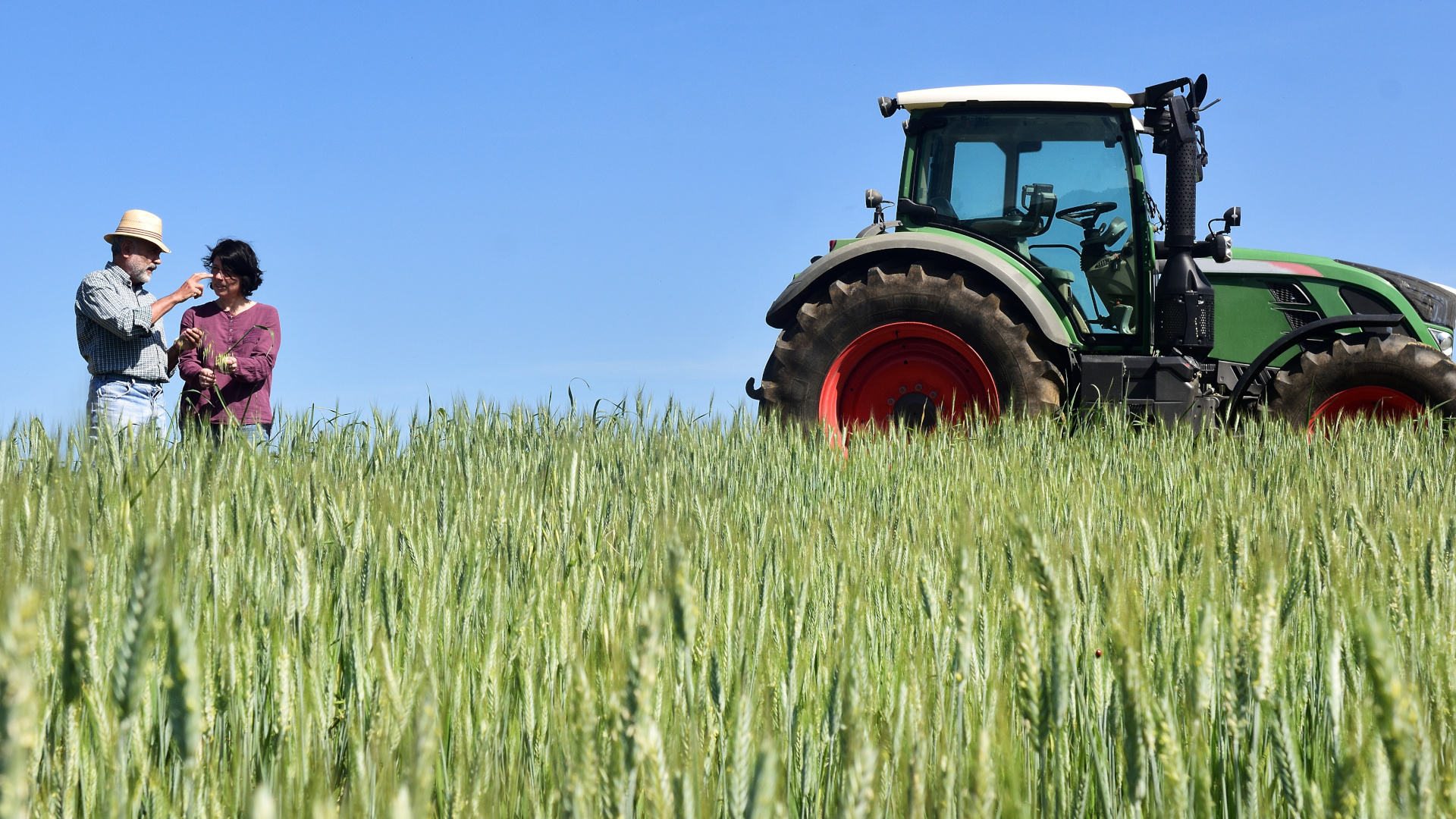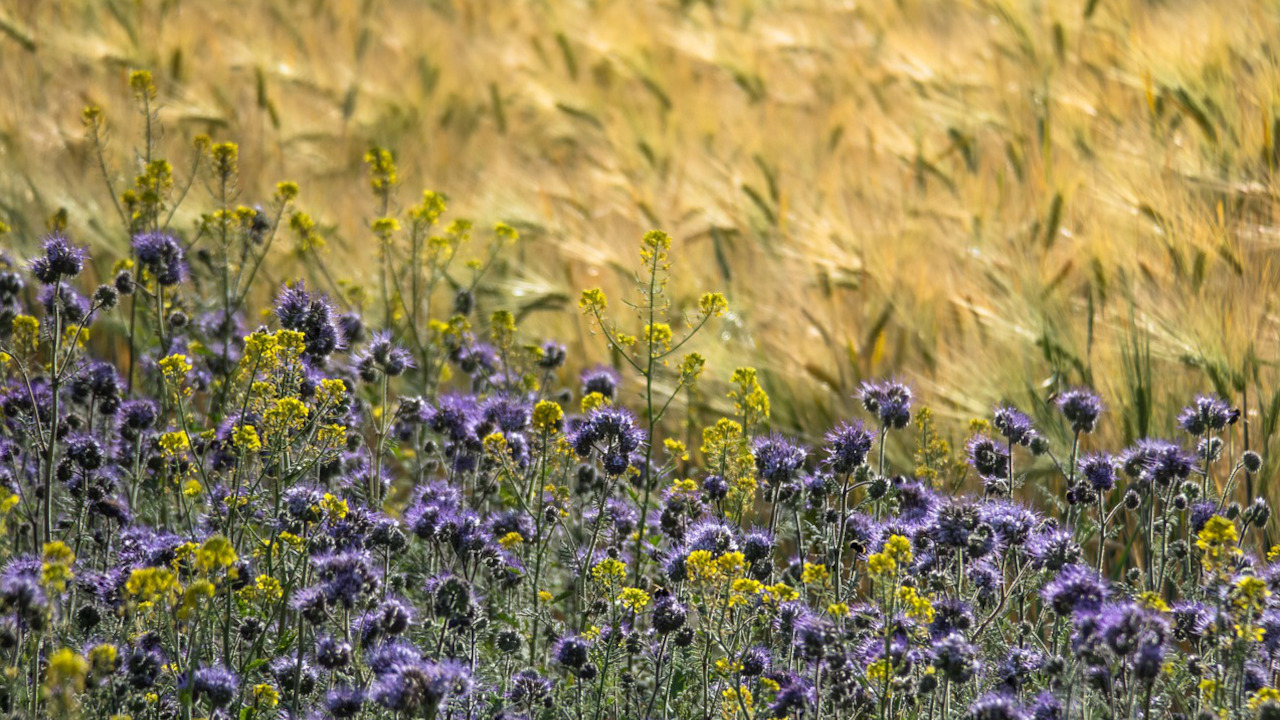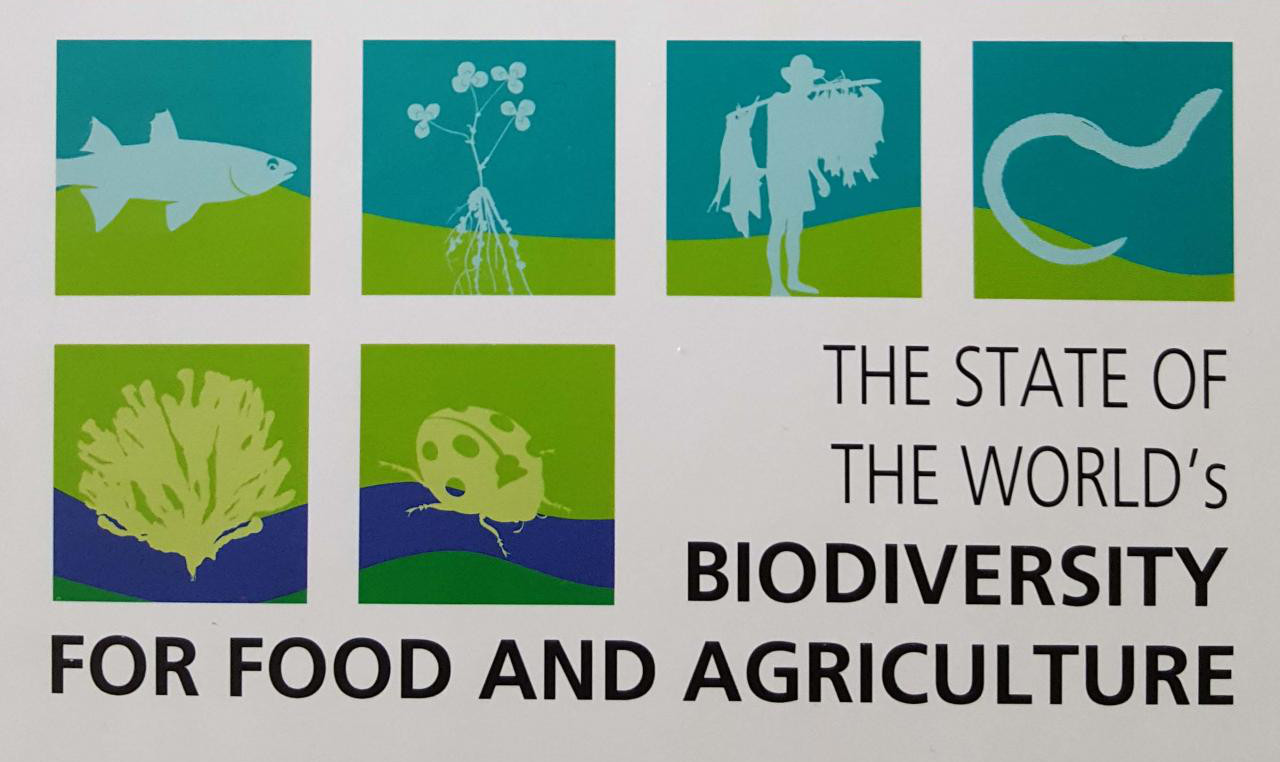"Soil organisms are important ecosystem engineers"
Nico EisenhauerProfession:
PhD in biology and university professor
Position:
Professor of Experimental Interaction Ecology at the German Center for Integrative Biodiversity Research (iDiv) Halle-Jena-Leipzig and the University of Leipzig, and spokesperson of the "Jena Experiment", head of the MyDiv Experiment and the iDiv Ecotron

Profession:
PhD in biology and university professor
Position:
Professor of Experimental Interaction Ecology at the German Center for Integrative Biodiversity Research (iDiv) Halle-Jena-Leipzig and the University of Leipzig, and spokesperson of the "Jena Experiment", head of the MyDiv Experiment and the iDiv Ecotron

The effects of climate change on soil biodiversity are the research focus of Leibniz Prize winner Nico Eisenhauer.
Climate change and industrialization are putting ecosystems under pressure worldwide. The precious resource soil is also affected by this and endangers biodiversity. Nico Eisenhauer has been studying the effects of global change on soil biodiversity for years. The Jena biologist is primarily investigating how the interaction between plants and soil organisms is affected. It is earthworms and springtails in particular that serve the researcher as a gauge of biodiversity. Eisenhauer has been able to demonstrate that climate extremes such as drought and heat threaten biodiversity. He fears that if climate change proceeds too quickly, certain species could become locally extinct because they cannot adapt fast enough. Eisenhauer was recently awarded the prestigious Leibniz Prize for his research in the field of soil biodiversity.
What impact does climate change already have on biodiversity and in particular on the soil ecosystem?
Climate change has many different facets, which can have different effects depending on the location. For example, increasing temperatures may bring a decrease in biodiversity to already dry sites, while a similar increase at a rather wet and cold site may lead to an increase in biodiversity. What is likely to change fundamentally, however, is the composition of communities. Recent global studies show that ecological communities are becoming more similar over time; this is referred to as "homogenization". Moreover, the consequences of climate change always depend on how fast the climate is changing and whether local communities can adapt and spread species. If the change is too rapid, species will not "catch up" and may become extinct, at least locally.
Which climate factors influence biodiversity the most and what are the consequences for the interaction between plants, animals and soil organisms?
Biodiversity is primarily threatened by extreme climate events, such as droughts and floods. It is therefore not so much the slow changes in temperature, but the increase in extreme events that accompany them, that leads to extinction events. After all, we have been able to observe in recent years how nature has suffered from the recurring dry summers. If individual species are lost, this can result in a whole cascade of further extinction events, because all species are linked to each other by a multitude of interactions. Alexander von Humboldt already pointed out this network of biological diversity. Our studies show that, for example, the local loss of plant species causes insect species to disappear as well, and that fewer invertebrates and microorganisms are found in the soil. This in turn has an impact on animals that depend on these insects, such as birds, and so on.
What role do earthworms play in biodiversity conservation and to what extent are they a gauge of soil biodiversity?
Earthworms have been used as so-called bioindicators for some time. This means that the presence of earthworms can provide information about how healthy a soil is, how well natural decomposition and mineralization processes take place, how heavily fertilized and polluted soils are, and how much they are tilled. These natural decomposition processes are central to the functioning of our ecosystems and determine how well nutrients are made available and how plants can grow. In addition, earthworms are often representative of other soil animals and microorganisms because, as so-called "ecosystem engineers", they promote the biodiversity of these organisms. Earthworms structure the soil environment, work plant material into the soil, create a system of tunnels, and thus have a major impact on other soil organisms.
What is the role of predictive models in global biodiversity analysis and to what extent are the data at all comparable?
Predictive models are playing an increasingly important role in biodiversity research. They allow us to clarify what consequences our past, present and future actions will have on biodiversity and to take appropriate countermeasures. We are continuously working to improve these models by identifying the important control variables for different plant, animal and microbial species. There is still work to be done, of course, but we cannot wait to take countermeasures until we have a suitable model for each species, because by then it will already be too late to take any. For soil biodiversity, we therefore initially focused on earthworms and were able to show that a changing climate will have a major impact on soil animals. Such predictive models are therefore of great and growing importance in nature conservation and policy advice.
What contribution can you make as a biodiversity researcher to make the soil ecosystem fit for the future?
There is still a lot of biodiversity to be explored in the soil; it is therefore often referred to as a "black box". With the knowledge generated, we can then better understand why which species communities occur where and how they function. The next step should be for biodiversity researchers to offer solutions to help us conserve and protect this diversity so that we can manage ecosystems in a sustainable way. For this, it is important to prepare and present the scientific findings to decision-makers and the public in an understandable way. We are part of the ecosystems on which we depend, for example, to produce food and to have clean water and air - this understanding should guide our actions.
Interview: Beatrix Boldt


